
views
X
Research source
This makes petting them a little trickier. For those of you who own a pet turtle/tortoise, this is how to pet one without injuring the turtle.
Petting a Turtle
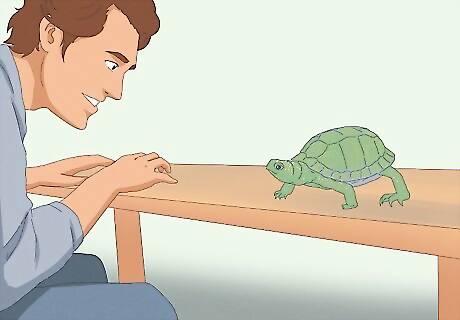
Approach from the front. If the turtle cannot see you and suddenly your hand appears, it may get frightened and bite you. Always approach a turtle from the front so that it can see you.
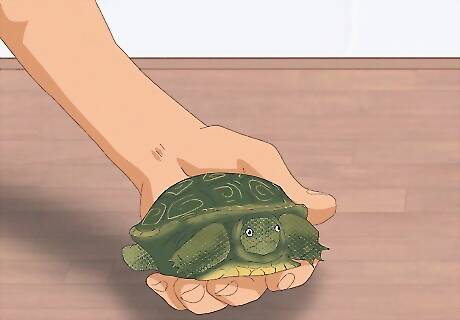
Place turtles on a low, flat surface. Turtles will be the most receptive to human interaction when they feel safe and secure, so place them on the floor (preferably tile rather than carpet) when petting them.
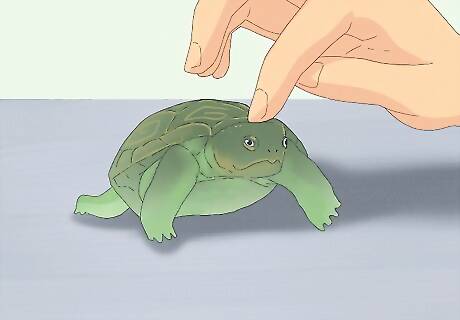
Pet the top of the head. Gently run your finger on the middle-top of the turtle's head, carefully avoiding the nose/eyes. If the turtle repeatedly throws its head up in the air with its mouth open, it is trying to let you know that it does not like you touching its head.
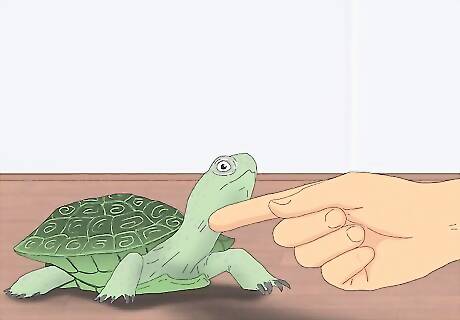
Pet the chins and cheeks. Use your finger to gently rub the turtle under the chin and along the cheeks.
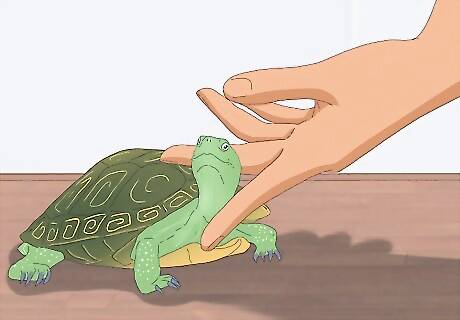
Massage the neck. Once a turtle trusts you, you may be able to massage its neck without causing it to withdraw into its shell.
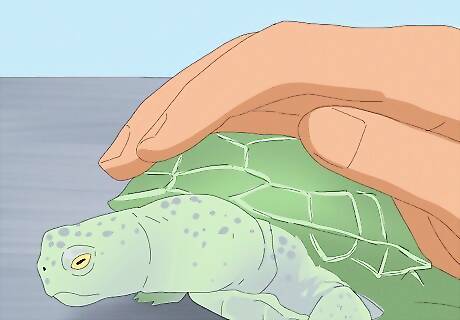
Pet your turtle’s shell. Turtles can feel touch through their shells. As such, stroke your turtle's shell in slow circles or run your fingers in straight lines along the length of its shell. As an alternative to petting a turtle’s shell with your fingers, you can also gently rub a toothbrush or other soft-bristled brush along the top of its shell.

Enjoy some turtle lap time. As an alternative to petting the turtle, you can enjoy bonding with it by allowing it crawl on you or sit in your lap. Just make sure it doesn’t fall off. Turtles will urinate when you pick them up, so use caution when putting them on your body.
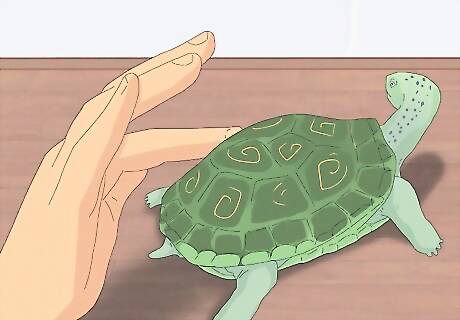
Be persistent. Your turtle will not be receptive to being pet all the time, but the more you handle it, the more accustomed it will grow to human interaction. Turtles associate their human keepers with food, so try rewarding your turtle with a treat when it allows you to pet it.
Handling Turtles

Know the risks. Turtles are not commonly thought of as dangerous animals capable of inflicting harm on human beings. However, a few breeds of turtles, particularly snapping turtles, are capable of inflicting a painful and potentially damaging bite. Also, turtles carry a number of diseases that can be harmful to humans. Turtle skin often has salmonella bacteria on it, which can make humans very sick. Salmonella can't be washed or rinsed off the turtle. Never leave a child to handle a turtle unattended.
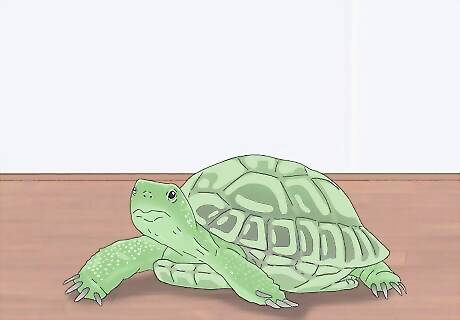
Be patient. Just because you acquired a pet turtle does not make that turtle a domesticated animal. Unlike some cats and dogs, who will naturally seek affection from humans, turtles tend to view humans with hesitancy and fear. Because of this, you need to be patient with your turtle. It may take a very long time before the turtle learns to recognize and trust you as its caregiver.
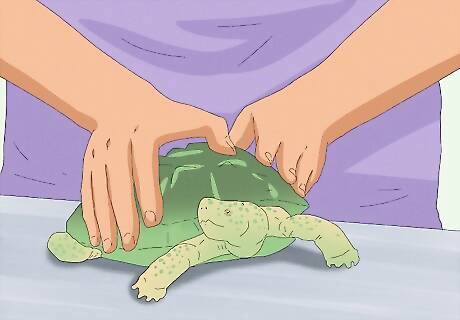
Handle with care. Turtles seem inherently rugged and tough because of their shells. However, the exposed legs and head can be easily damaged if the turtle is mishandled. Some tips for handling turtles with caution are: Try to avoid picking up or handling the turtle unless necessary. When you do need to pick a smaller turtle up, place your open palm under its plastron (or bottom shell/ belly) and make sure its legs can touch your hand. In the wild, turtles don’t spend much, if any, of their time off of the ground. Having your hand underneath the turtle should make it more comfortable. Always lift turtles up from the back and not the front. Turtles are unpredictable and lifting the turtle from the front will give it an opportunity to bite you. Turtles may urinate when being picked up, which is yet another reason why you should wear gloves when handling them. Don’t place turtles on the edges of high surfaces. They are not always aware of their environment and may walk right off the edge, injuring themselves. As a general rule, it is not wise to touch a turtle’s legs or claws. Remember, turtle shells are not invincible. Some turtles have soft shells that can be easily scratched or damaged, leading to fungal infections. Even hard shelled turtles can sustain damage to or break their shells- so be careful.
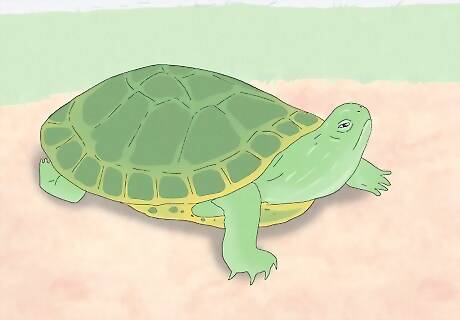
Consider the temperature. Turtles are more energetic, aware and receptive when they are warm. Cold turtles are much more likely to shy away from external stimuli because they are not entirely sure what is going on around them. The best time to pet or handle a turtle is after it has been sunning itself or lying under a heat lamp. Turtles need real sunlight, not just heat lamps or artificial sunlight. A lack of sunlight can lead to metabolic bone disease, which essentially disintegrates a turtle’s bones.

Understand turtle communication. Turtles are not the most communicative animals around. However, there are a few physical signs that your turtle is not in the mood for human contact. They include: Hissing Sitting motionless with the mouth open Withdrawing into the shell Snapping or biting gestures
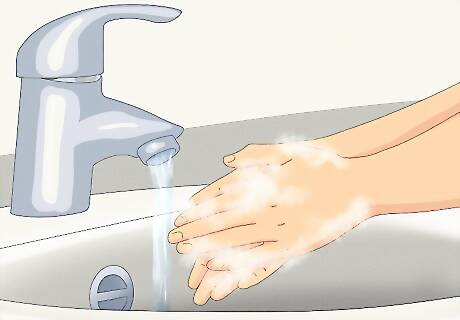
Practice proper hygiene. Always wash your hands after handling a turtle, as there are diseases on their skin that are harmful to people. Most experts suggest handling turtles with gloves, although this would defeat the purpose of petting a turtle. Also, remember that turtles spend most of their time in dirt and dirty water, so it may be wise to rinse the turtle off before handling it.



















Comments
0 comment